15 Old-School Drinks: 6 Flops And 9 We Miss
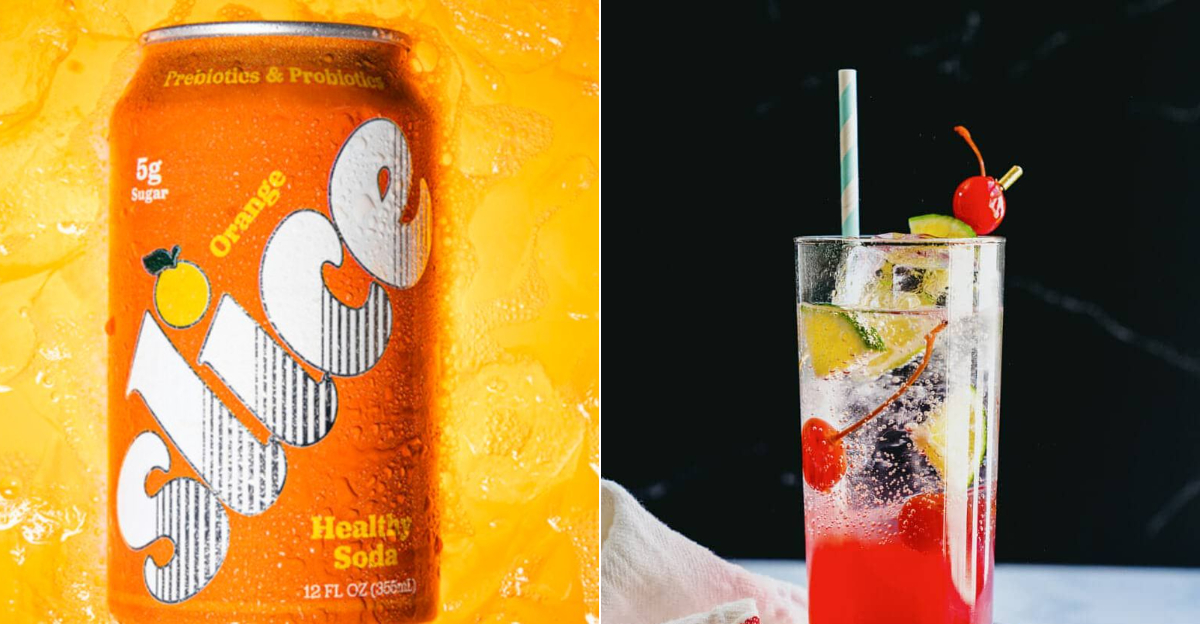
There was a time when drinks came in wild colors and even wilder flavors. Some were ahead of their time, while others just missed the mark.
This list brings back the fizz and fun of vintage sodas and soft drinks—both the hits and the legendary flops. From clear cola experiments to long-lost grape sodas, these drinks made their mark in pop culture.
A few should stay buried, but others might just deserve another round.
15. Crystal Pepsi
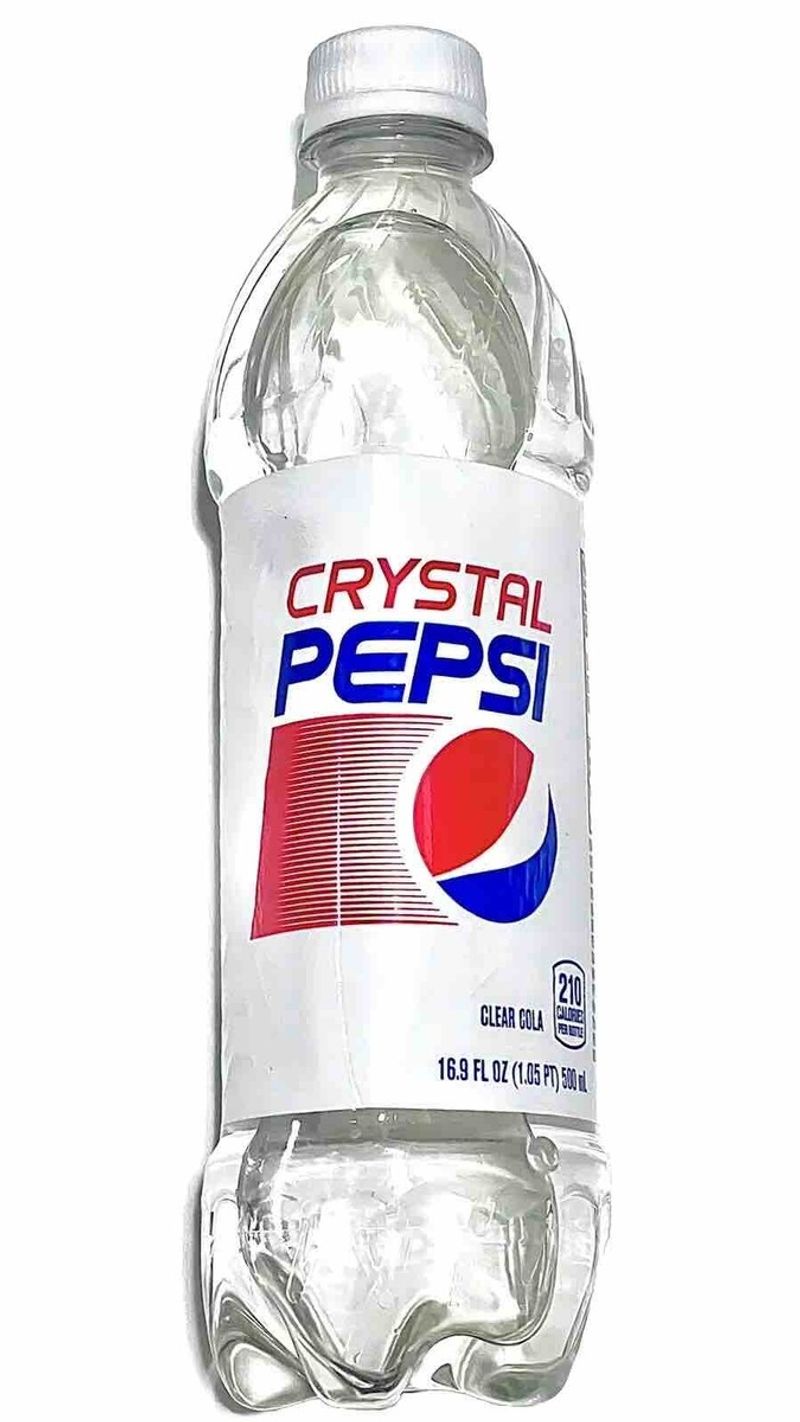
Released in 1992, Crystal Pepsi promised something radical: a cola that looked like water. With its clear body and caffeine-free formula, it stood out from anything else on store shelves. The idea was to present a “pure” soda for a health-conscious era, free from dark colors and heavy additives.
But without the caramel richness of classic Pepsi, the taste felt unfinished. Many drinkers found it bland and confusing rather than refreshing. It lasted barely a year before vanishing into soda lore, though its strange, nostalgic charm sparked occasional limited-time reboots.
14. Orbitz

Orbitz wasn’t just a drink—it was a spectacle. Bottled in 1997, this fruity beverage suspended tiny gelatin balls in a syrupy liquid, creating a snow-globe-like effect. The balls floated perfectly thanks to the drink’s thick viscosity, and the visual alone made it a novelty.
Unfortunately, the texture left many unsettled. The drink felt more like a failed dessert than a thirst-quencher. With odd flavor combos like pineapple-banana-cherry, Orbitz fizzled quickly but remains unforgettable for its weird, wonderful look.
13. New Coke
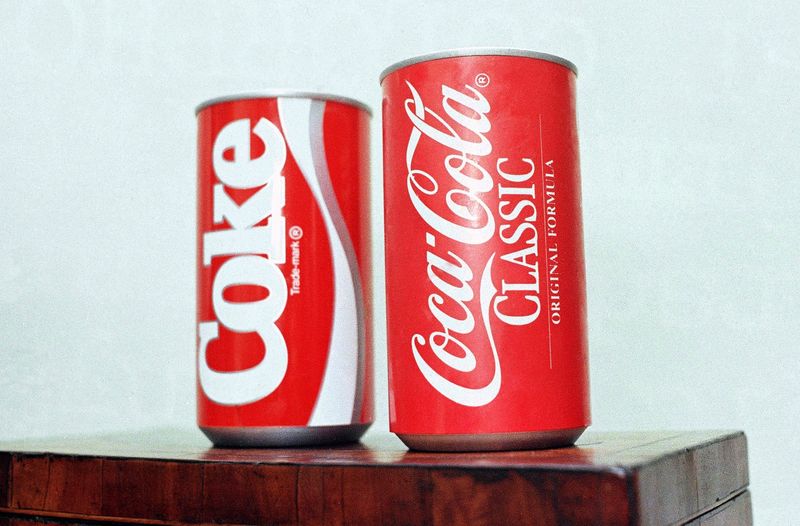
In 1985, Coca-Cola reformulated its classic soda to be sweeter, aiming to out-Pepsi Pepsi. The company called it “New Coke,” and the change shocked a loyal fanbase. It marked one of the boldest—and most controversial—moves in soda history.
Outcry was immediate. Loyalists flooded Coca-Cola with angry letters and calls, demanding the original formula back. Within three months, Coca-Cola Classic returned to shelves, and New Coke quietly disappeared, a cautionary tale of corporate miscalculation.
12. Pepsi Blue
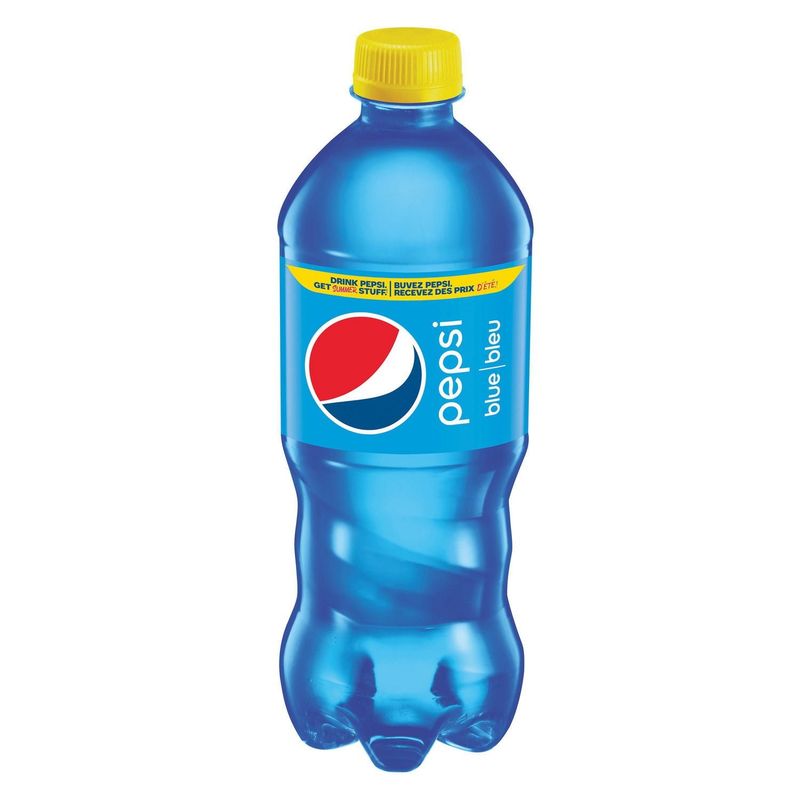
Bright as windshield wiper fluid and bursting with synthetic berry flavor, Pepsi Blue landed in 2002. The neon blue color was a showstopper, meant to appeal to teens and the early-2000s extreme-sports crowd. Its taste was described as a mix of blueberries and melted lollipops.
That sweetness didn’t sit well with longtime cola drinkers. Many found the berry-candy twist too artificial, and sales never soared. It was discontinued within two years, but its radioactive hue still lingers in soda memory.
11. Coca-Cola BlāK
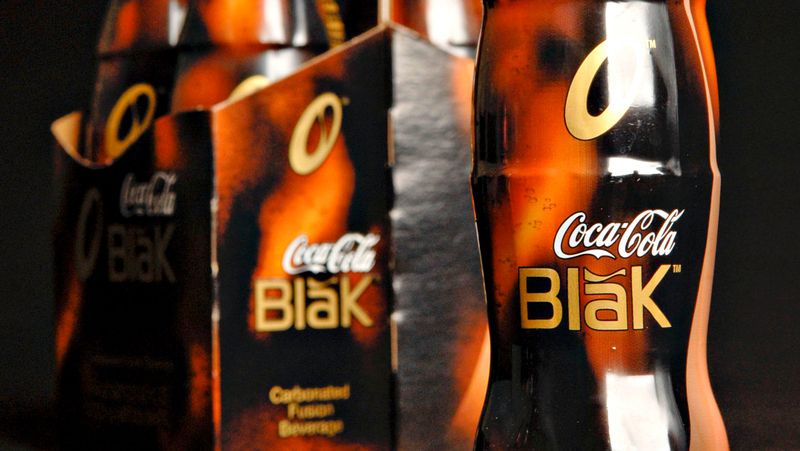
Aimed at grown-ups, Coca-Cola BlāK launched in 2006 with a sleek bottle and the promise of cola-meets-coffee. The scent was heavy with roasted beans and caramel syrup, and each sip felt like a caffeinated jolt. It was one of the first sodas marketed like a gourmet energy drink.
But cola and coffee weren’t an easy marriage. The flavor was harsh and unbalanced, leaving an aftertaste that divided drinkers. While bold in concept, it couldn’t find a loyal base and was gone by 2008.
10. 7UP Gold
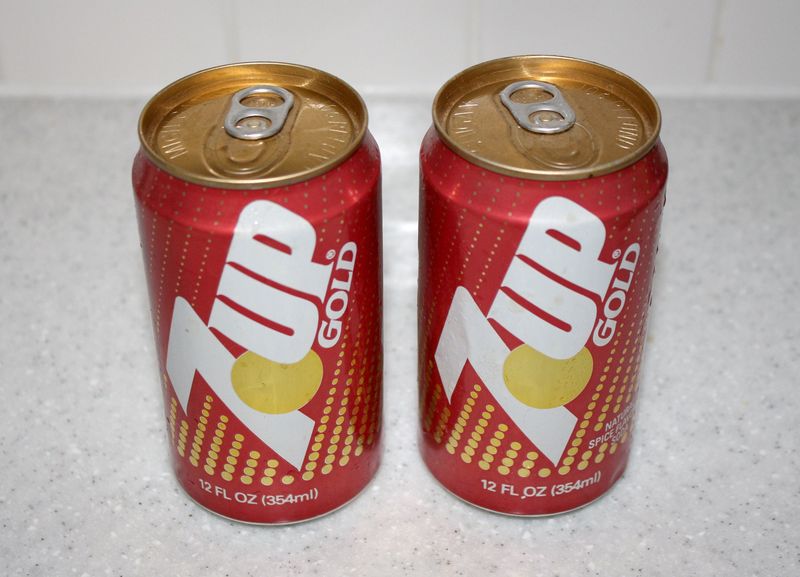
Most people never even knew 7UP had a spicy side. In 1987, 7UP Gold hit stores with a dark amber color and a ginger-cinnamon bite. Unlike the original’s citrus sparkle, this version leaned into cola territory, puzzling longtime fans.
It failed to stand out in a crowded soda market. The spiced flavor confused those expecting something crisp and lemony. Within months, it vanished, and 7UP quietly returned to its clear, citrusy roots.
9. Nehi Grape
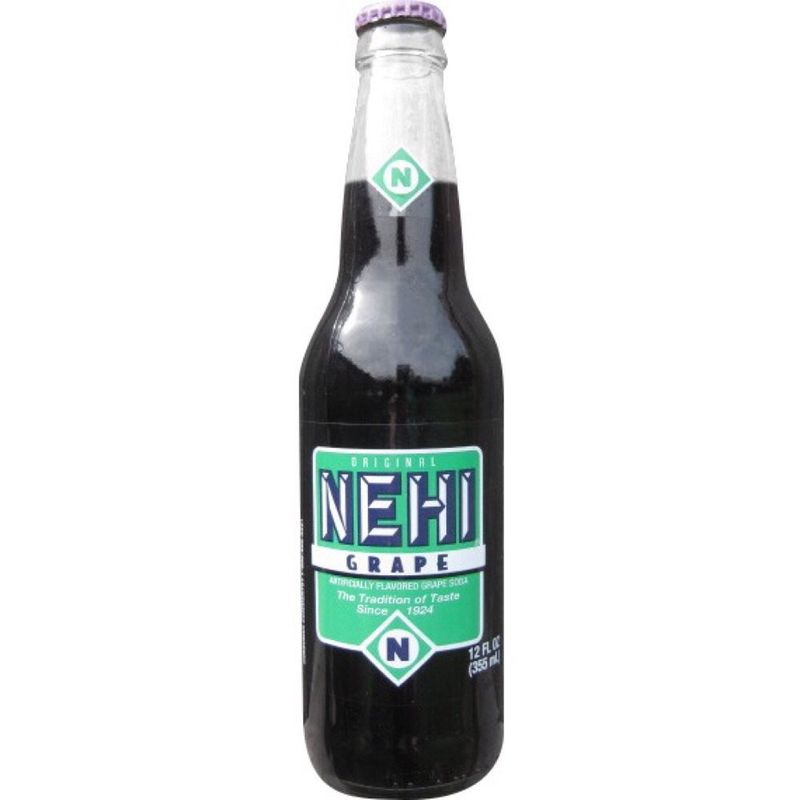
With its deep purple glow and bold fruit punch, Nehi Grape became a Southern staple in the early 20th century. It offered a full-bodied grape flavor with a juicy, nostalgic sweetness. Sipped from glass bottles, it evoked soda fountains and small-town summer afternoons.
Though harder to find today, it still exists in select stores and diners. Its old-school charm, rich color, and unapologetic grape taste continue to win over new generations seeking a throwback treat.
8. RC Cola
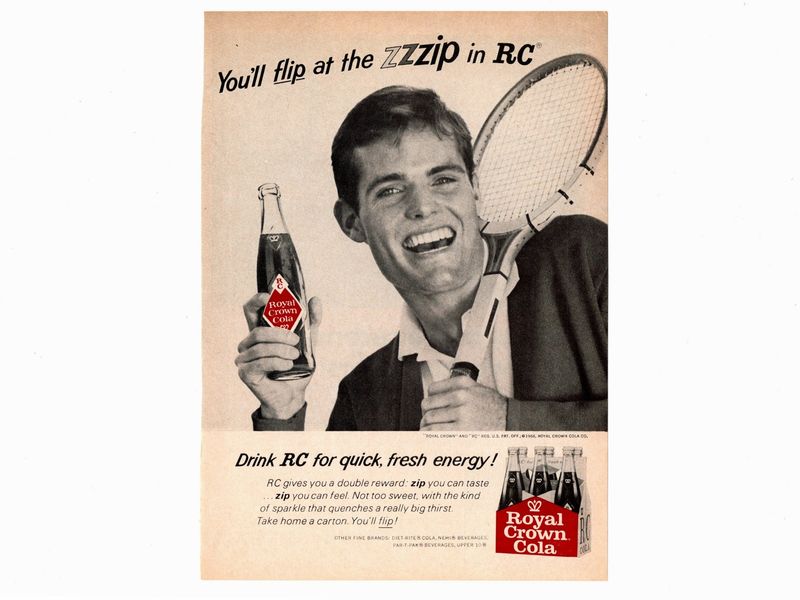
Royal Crown Cola emerged in the 1930s and quickly built a following as a working-class rival to Coke and Pepsi. It offered a smoother, slightly less sweet profile with a balanced fizz that made it ideal for sipping alongside burgers or BBQ.
Despite its popularity in the South and among loyalists nationwide, RC Cola slowly lost shelf space over the decades. Yet its underdog spirit endures, and those who remember it often recall it with a fond, fizzy smile.
7. Original Sunkist
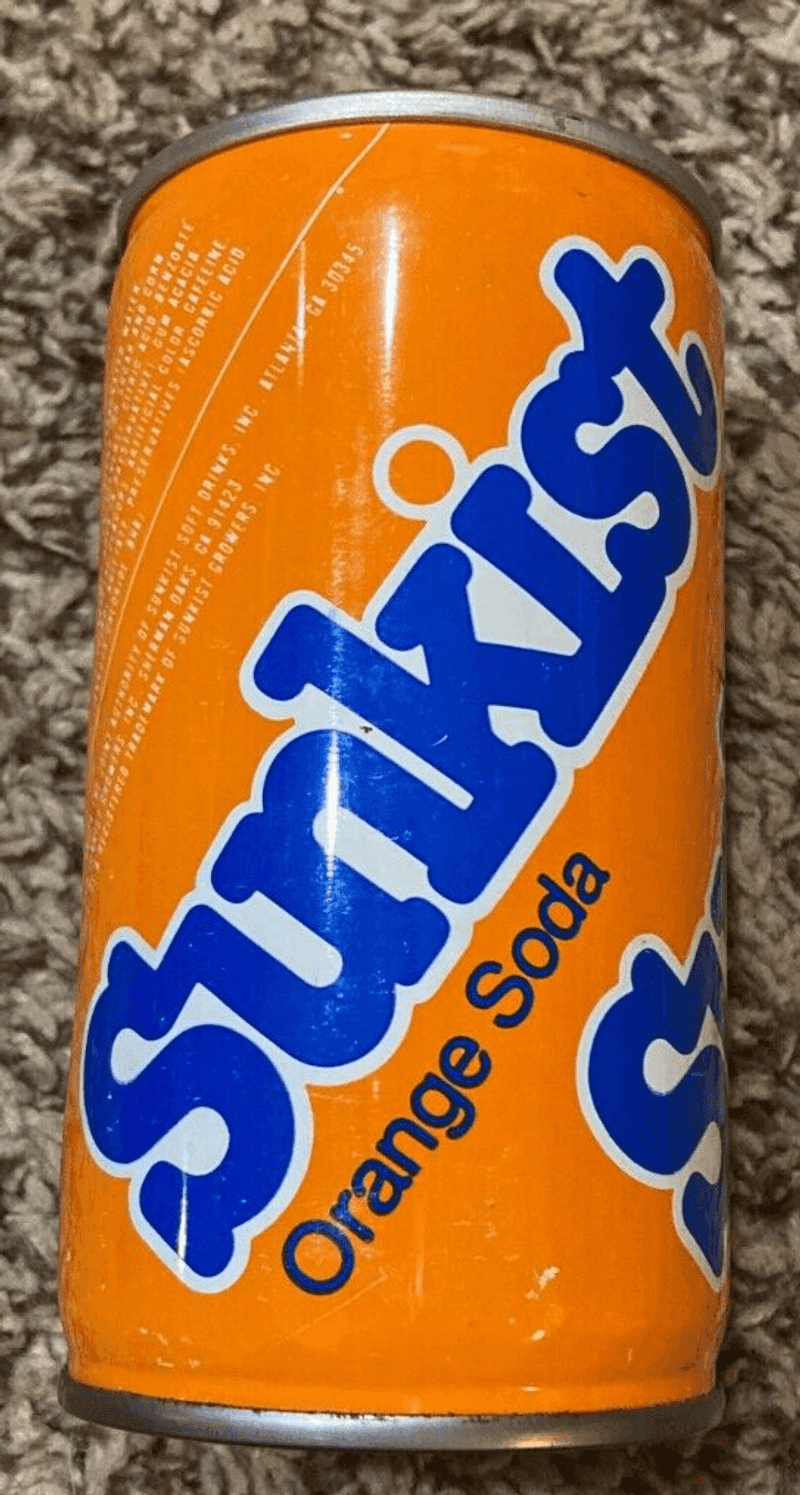
Sunkist was one of the first orange sodas to use real orange juice, giving it a tangier, juicier kick than competitors. Its citrus burst, paired with a sunny, vibrant color, made it a favorite in the 1970s and ’80s.
The original recipe had more zest and less syrup than modern versions. Today’s formula is sweeter, but vintage fans still crave the sharper, thirst-quenching pop of the earlier days.
6. Tab
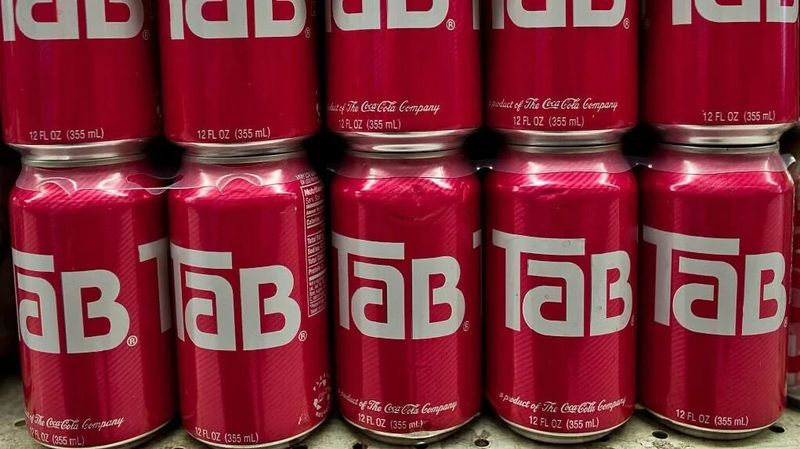
Tab was Coca-Cola’s first diet soda, released in 1963 and instantly recognizable in its hot pink can. It carried a slightly bitter, dry flavor due to saccharin, giving it a taste distinct from modern diet colas.
Over time, it gained cult status. Despite falling sales, Tab survived until 2020, when Coca-Cola finally pulled the plug. Its loyal drinkers still mourn its disappearance like the end of a retro love affair.
5. Mr. Pibb
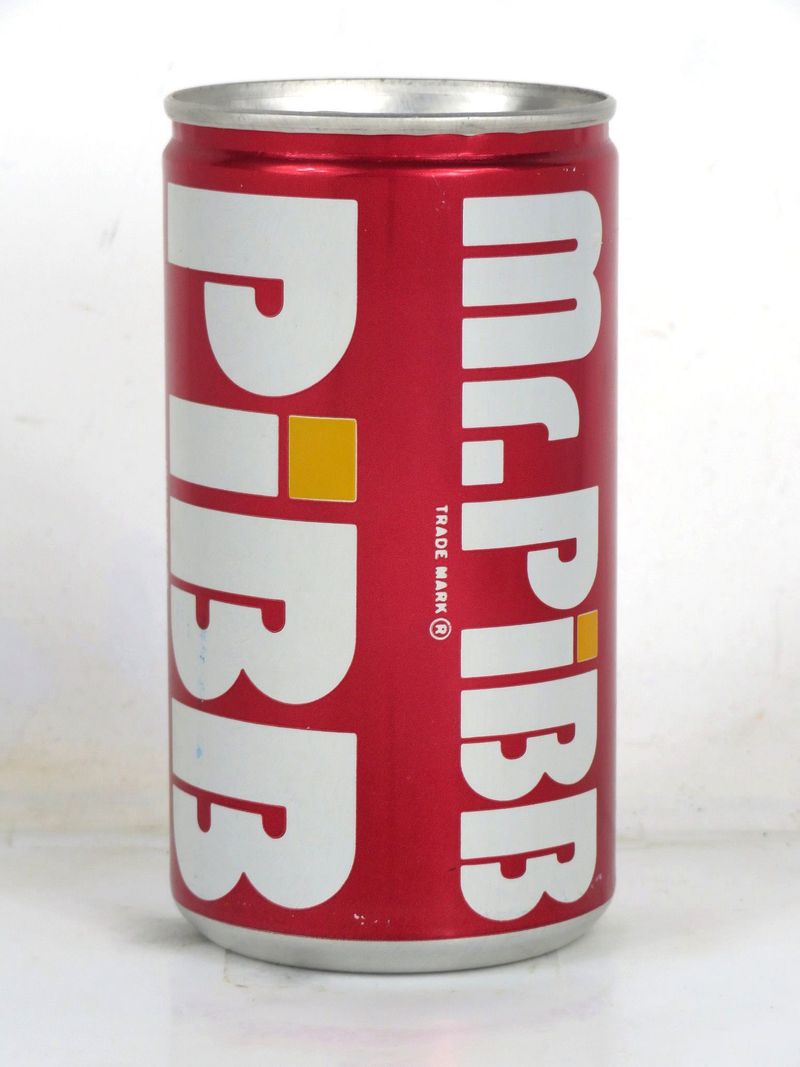
Introduced as Pepsi’s answer to Dr Pepper, Mr. Pibb arrived in 1972 with a bolder spice profile and a darker, herbal kick. It wasn’t just a knockoff; it developed its own loyal fanbase over time.
Though often harder to find, it never fully disappeared. In some regions, it’s rebranded as “Pibb Xtra,” keeping its cinnamon-like essence alive in fountain machines and corner stores.
4. Orange Slice
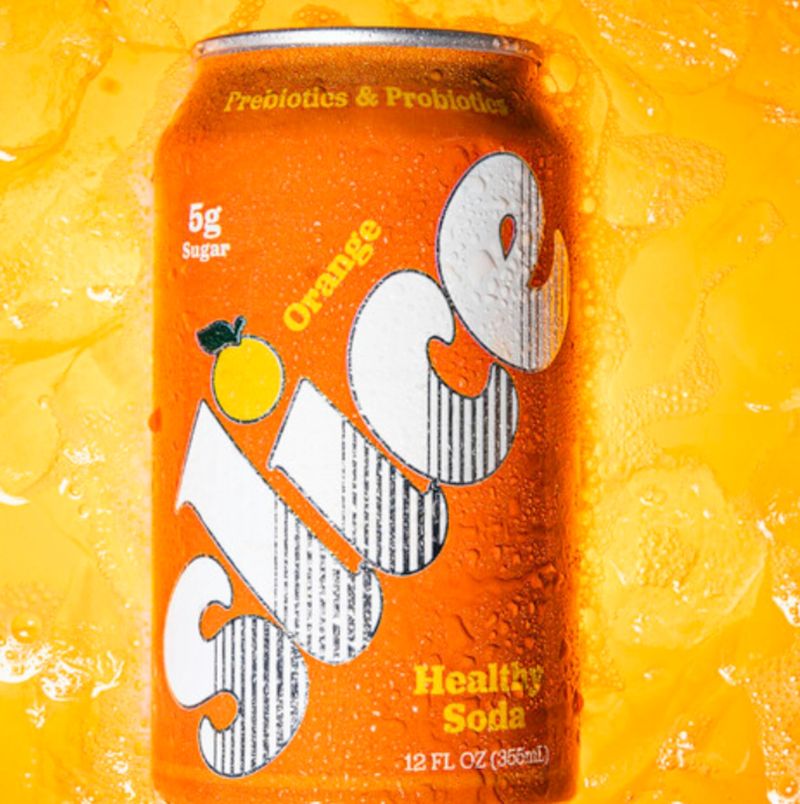
Bright, juicy, and slightly pulpy, Orange Slice burst onto the scene in the 1980s as a fruitier, tangier alternative to Fanta. It balanced sweetness with a subtle citrus edge that felt more natural than most orange sodas.
For a while, it dominated lunchboxes and soda machines. Eventually replaced by Sierra Mist and Tropicana Twister, it faded into history—but fans still reminisce about its crisp, citrus-forward taste.
3. Cherry Lime Rickey
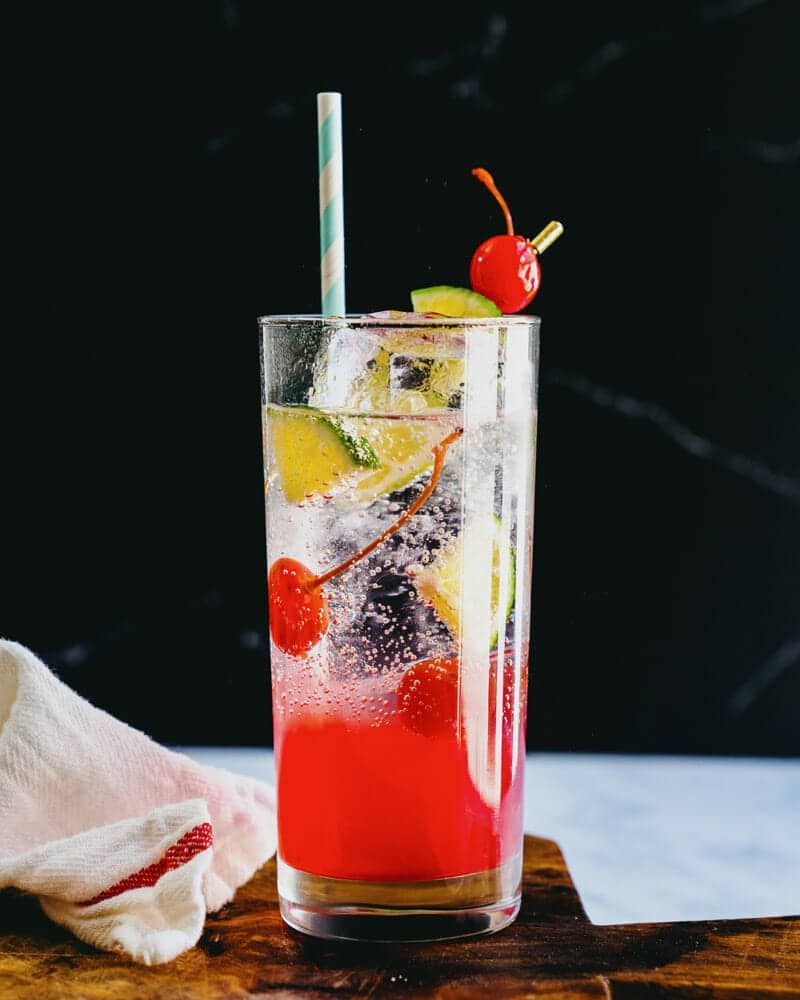
This soda-shop classic combined sour lime with sweet cherry syrup, poured over ice and often finished with soda water. Tart and bubbly with just the right kick of red fruit, it was a staple of American diners and delis.
Bottled versions were rare, but the drink lived on as a custom fountain order. Few beverages captured the balance of sour, sweet, and fizzy with such retro elegance.
2. Moxie
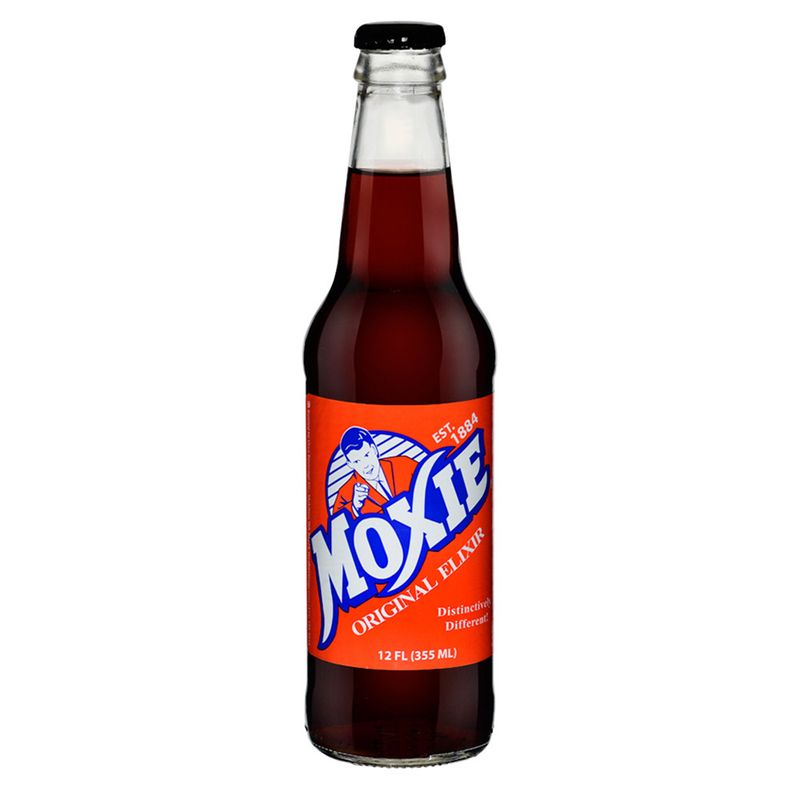
One of America’s oldest sodas, Moxie dates back to the 1880s and delivers a punch of herbal bitterness. Its taste is polarizing, loaded with gentian root and a unique, almost medicinal profile that loyalists swear by.
Though its popularity waned over the years, Moxie has retained a fiercely devoted following. In Maine especially, it’s more than a soda—it’s a badge of honor and an acquired taste worth bragging about.
1. Vernors Ginger Ale
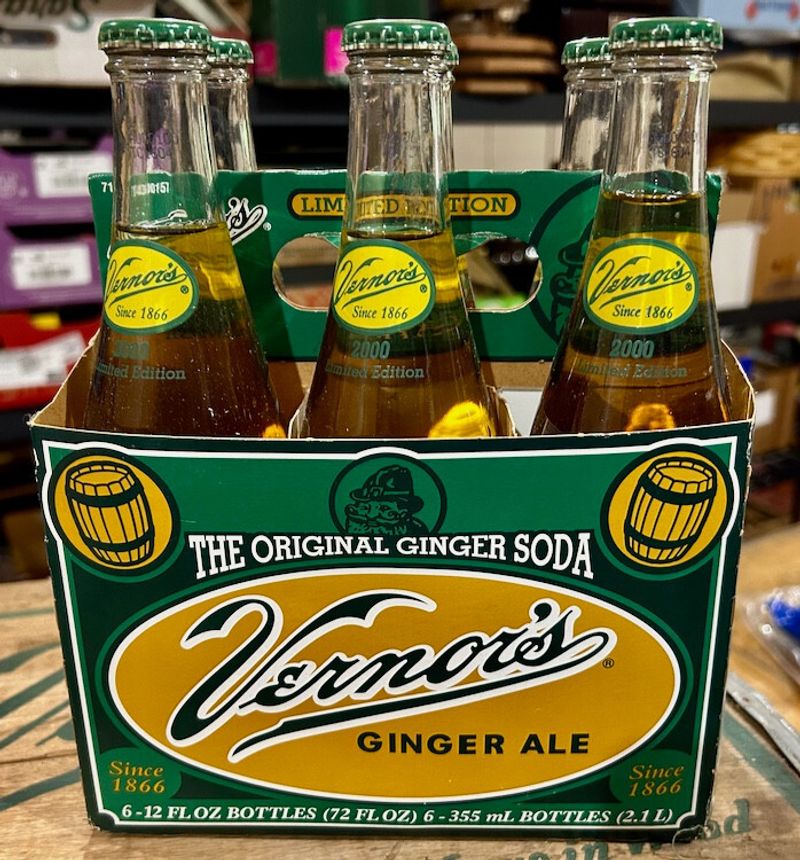
Unlike modern ginger ales, Vernors packs a spicy-sweet heat that lingers. Invented in Detroit in the 1860s, it was barrel-aged for boldness and complexity, giving it a golden color and distinct vanilla notes.
It’s less fizzy than today’s commercial versions but far more flavorful. Still available in parts of the Midwest, Vernors is the ginger ale that old-timers remember—and ginger lovers still seek out.
